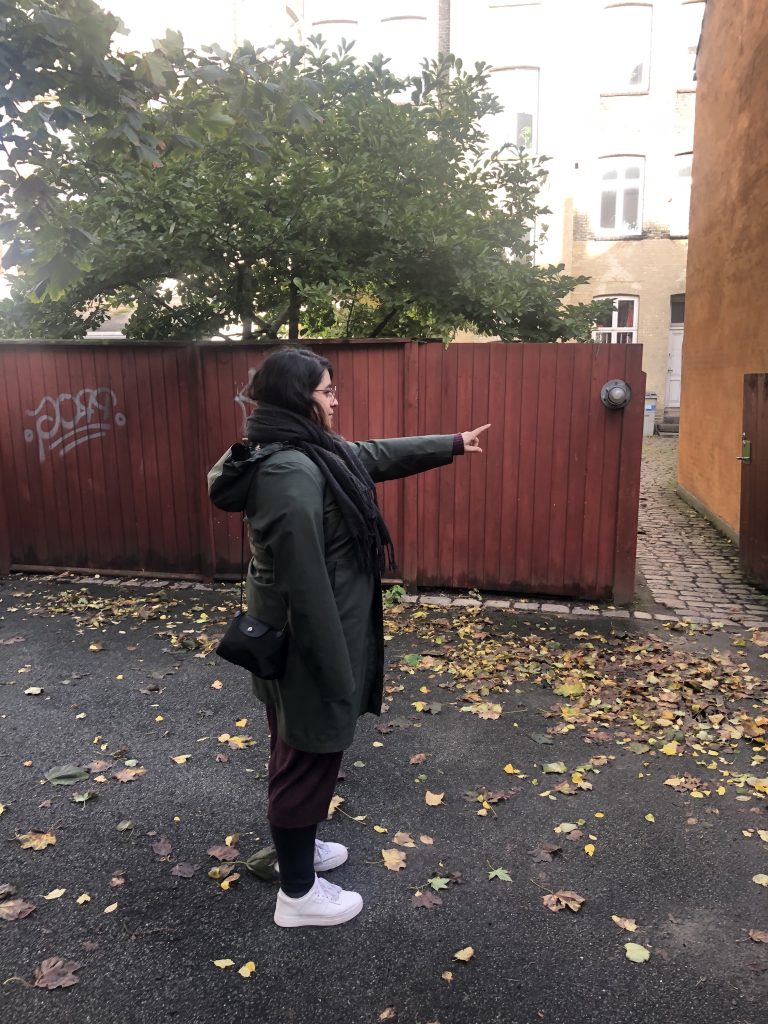Making my way downtown:
a comparative study of spatial orientation in Aarhus and New York City
Task: Master’s Thesis at Aarhus University, Cognitive Semiotics
Method: An experiment in two cities helped compare spatial behaviours in contrasting environments
Conclusion: People in NYC navigate more quickly but not more accurately than people in Aarhus

Do city layouts influence spatial orientation?
Is there a general way in which a city can influence behaviour, and could designers take this into account? An experiment in two differently laid out cities (Aarhus and New York City) helped me find out specifically whether different places have an impact in navigation skills.
Evolving from my fascination with wayfinding design, the project explores the bigger picture around the interactions between humans and their environment. If we find out how a place can influence performance, we can then cater to specific orientational shortcomings and create visual guides that are most appropriate to a given location and latent user needs.


Dead reckoning task in two contrasting cities
I measured and compared spatial performance by bringing participants to a location which obscured the view of any recognisable landmarks, and asking them to point in the direction of specific places.
Orientation skills were measured through speed and precision
To gauge individual abilities to navigate, I divided the data collection into two parts. First, I recorded each participant’s response time from the moment I said the name of a place to when they pointed and said “stop”. Second, I measured pointing accuracy by calculating the degrees of difference between the correct direction and the direction of the answer.


New Yorkers responded faster, but not more accurately
As analysed in R Studio, there was a statistically significant difference between response times in the two cities. Based on the hypothesis, this could be attributed to the grid structure of the city, however the large disparity between their general character must also have had an impact on the results. For instance, people in New York claimed that their speedy responses might have been caused by the fast pace of the city in general. A larger number of participants across more different cities would be necessary to generate more unanimous conclusions.


